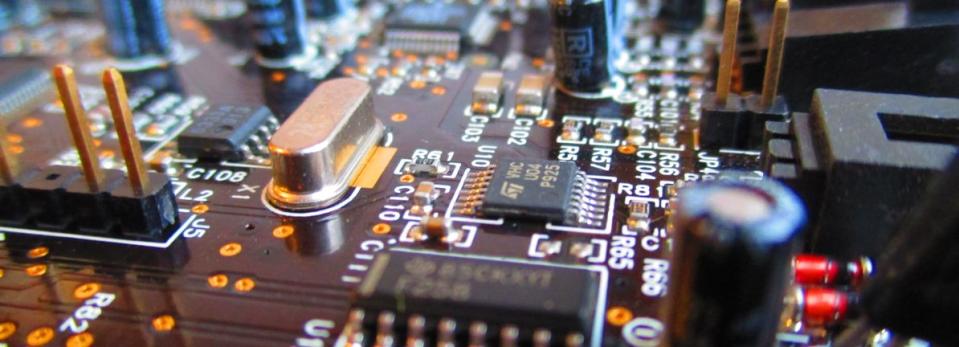Texas Instruments Incorporated (NASDAQ:TXN) Stock Goes Ex-Dividend In Just 3 Days

Texas Instruments Incorporated (NASDAQ:TXN) is about to trade ex-dividend in the next 3 days. If you purchase the stock on or after the 30th of January, you won't be eligible to receive this dividend, when it is paid on the 10th of February.
Texas Instruments's next dividend payment will be US$0.90 per share, on the back of last year when the company paid a total of US$3.60 to shareholders. Calculating the last year's worth of payments shows that Texas Instruments has a trailing yield of 2.8% on the current share price of $130.52. Dividends are an important source of income to many shareholders, but the health of the business is crucial to maintaining those dividends. So we need to check whether the dividend payments are covered, and if earnings are growing.
View our latest analysis for Texas Instruments
Dividends are typically paid out of company income, so if a company pays out more than it earned, its dividend is usually at a higher risk of being cut. Texas Instruments paid out 60% of its earnings to investors last year, a normal payout level for most businesses. That said, even highly profitable companies sometimes might not generate enough cash to pay the dividend, which is why we should always check if the dividend is covered by cash flow. Over the last year it paid out 52% of its free cash flow as dividends, within the usual range for most companies.
It's positive to see that Texas Instruments's dividend is covered by both profits and cash flow, since this is generally a sign that the dividend is sustainable, and a lower payout ratio usually suggests a greater margin of safety before the dividend gets cut.
Click here to see the company's payout ratio, plus analyst estimates of its future dividends.
Have Earnings And Dividends Been Growing?
Businesses with strong growth prospects usually make the best dividend payers, because it's easier to grow dividends when earnings per share are improving. Investors love dividends, so if earnings fall and the dividend is reduced, expect a stock to be sold off heavily at the same time. For this reason, we're glad to see Texas Instruments's earnings per share have risen 16% per annum over the last five years. Texas Instruments is paying out a bit over half its earnings, which suggests the company is striking a balance between reinvesting in growth, and paying dividends. This is a reasonable combination that could hint at some further dividend increases in the future.
Many investors will assess a company's dividend performance by evaluating how much the dividend payments have changed over time. Texas Instruments has delivered an average of 23% per year annual increase in its dividend, based on the past ten years of dividend payments. It's great to see earnings per share growing rapidly over several years, and dividends per share growing right along with it.
Final Takeaway
Should investors buy Texas Instruments for the upcoming dividend? It's good to see earnings are growing, since all of the best dividend stocks grow their earnings meaningfully over the long run. However, we'd also note that Texas Instruments is paying out more than half of its earnings and cash flow as profits, which could limit the dividend growth if earnings growth slows. All things considered, we are not particularly enthused about Texas Instruments from a dividend perspective.
Wondering what the future holds for Texas Instruments? See what the 29 analysts we track are forecasting, with this visualisation of its historical and future estimated earnings and cash flow
If you're in the market for dividend stocks, we recommend checking our list of top dividend stocks with a greater than 2% yield and an upcoming dividend.
If you spot an error that warrants correction, please contact the editor at editorial-team@simplywallst.com. This article by Simply Wall St is general in nature. It does not constitute a recommendation to buy or sell any stock, and does not take account of your objectives, or your financial situation. Simply Wall St has no position in the stocks mentioned.
We aim to bring you long-term focused research analysis driven by fundamental data. Note that our analysis may not factor in the latest price-sensitive company announcements or qualitative material. Thank you for reading.

 Yahoo Finance
Yahoo Finance 
